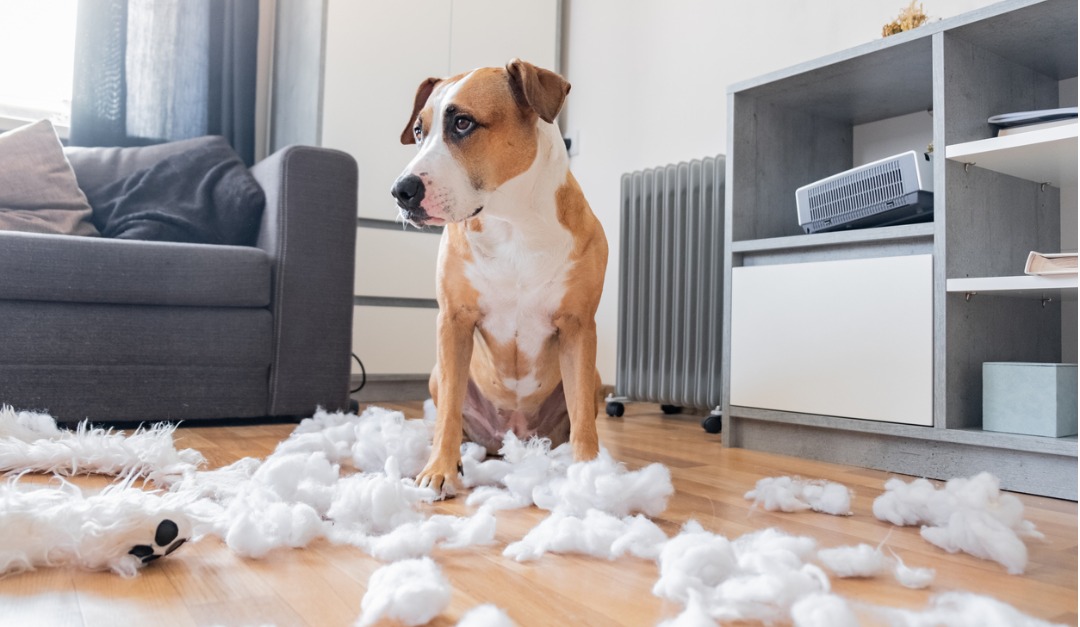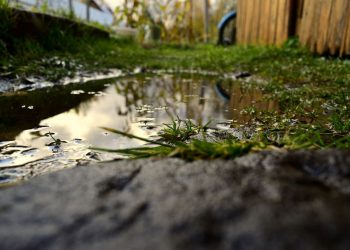Moving can present an exciting opportunity, but if you’re a pet owner, the normal chaos of relocating could be accompanied with stress over how to handle the damage your cat or dog has done to the property over time. Depending on your living situation, you might get a sinking feeling that there’s no way you’ll get your rental security deposit back or that your house could’ve lost value.
Fortunately, there are several ways to fix unsightly pet-related problems around the home:
Clean Carpeting With Baking Soda and Vinegar
Urine stains on a carpet? For fresh stains, act quickly and use a natural, pet-friendly solution. Blot the area with a paper towel, apply a mixture of equal parts water and vinegar, and let it soak. If the stain is especially bad, use pure vinegar instead. Scrub to get down into the deepest carpet fibers. After that, add a bit of baking soda and leave the spot until it’s dry. If new or old stains persist, you might have to hire a carpet cleaning company to get the job done.
Remove Pet Odors From Hardwood Floors
Perhaps the home you’re moving out of doesn’t have visible pet stains, but you’ve noticed areas covered with hardwood material seem to have absorbed the odor of your pets. Because certain cleaning agents can be very harsh on hardwood floors, it’s important to find some that are gentle, yet effective. Vinegar starts removing bad smells almost immediately. Alternatively, baking soda and hydrogen peroxide can also do the trick. All three could weaken the sealant or cause bleaching if not applied carefully or if left on too long, so don’t leave the area unattended.
Improve Chewed-Up Wood Furniture
Has your dog turned your wood furniture into a chew toy? Take a utility knife and cut small, diagonal hatch marks across the chewed area. Then, make a batch of auto-body filler according to the packaging instructions. Cover the chewed wood with the filler, and let it dry. You may have to do several applications to make everything flush. Carve away excess filler, and use sandpaper to smooth out the surface. You can also run a wax fill stick over the sanded surface to fill in any remaining small holes.
Conceal Claw Marks on Leather Furniture
If the area is only slightly affected so the leather appears to have an abrasion, try applying white vinegar with a soft cloth. The vinegar makes the leather swell, which may hide the marks. Using leather polish after the vinegar should conceal mild scratch marks even more. If the marks are so severe that they’ve created tears, you’ll need to use a leather repair kit that includes a solution tinted about the same color as the damaged material. Insert a scrap of fabric, such as an iron-on patch, into the hole to add stability. Put grain paper with the grain side down over the material after you’ve applied the repair solution. Iron the grain paper as a finishing touch, then pull it away to see the results.
Source: Megan Wild/RISMedia’s Housecall











